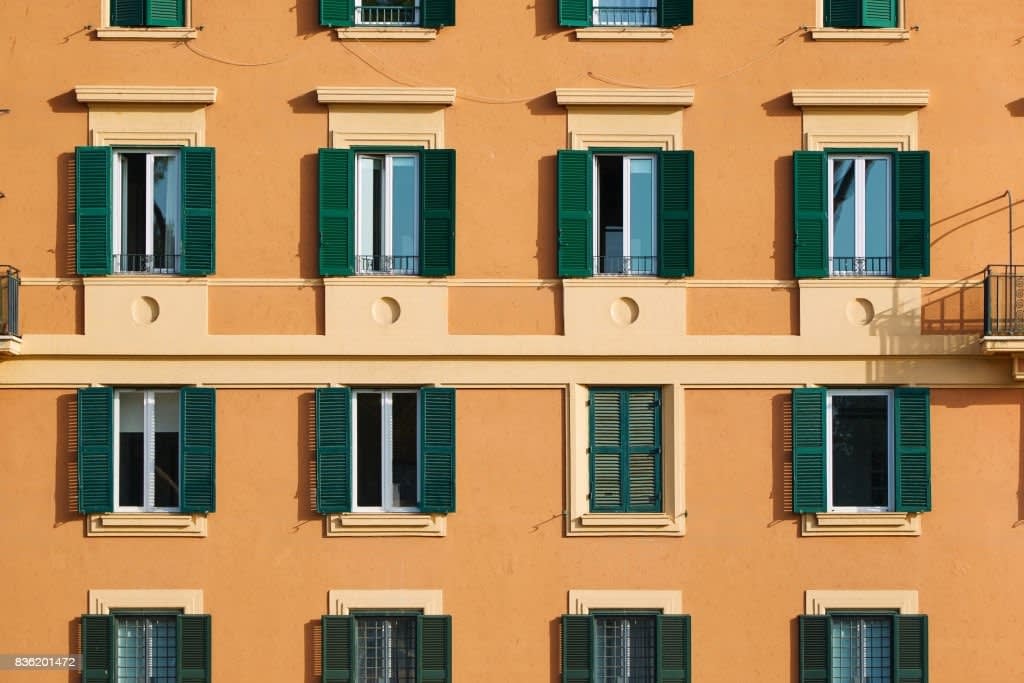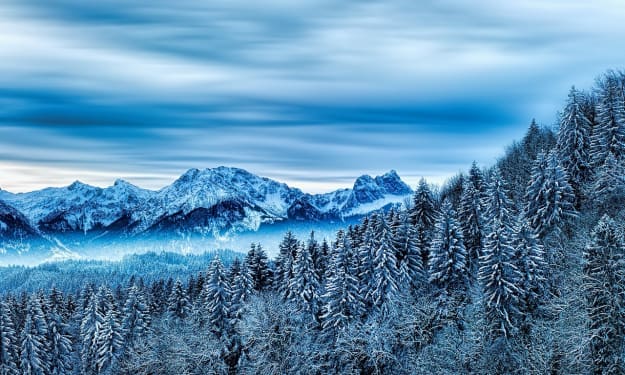Hidden Facades
The Intriguing World of Fake Buildings in New York City

For my morning runs, one of my favorite routes takes me through Brooklyn Bridge Park. I know the route like the back of my hand, or at least I thought I did. Recently, I discovered something intriguing - a fake building along the way. It's an empty townhouse with blacked-out windows and no occupants, and it has been that way for a hundred years. But why does a city with a housing shortage have a fake building? Surprisingly, it turns out that New York City has several notable examples, each with its own unique story.
Let's start with the oddly colored townhouse in Brooklyn Heights known as the Shaft House. Built in 1847 as a normal Greek Revival row house, it underwent a transformation in 1907. The Interboro Rapid Transit Company, the private operator of New York's original subway system, purchased the property and converted it into a ventilation shaft. Located directly above the Joralemon Street Tunnel, the townhouse now serves as an emergency exit and provides air and smoke removal in case of a fire in the subway tunnel.
In the Bronx, near Saint Mary's Park, there's an entire row of townhouses that have never had a single occupant. This four-story, 125,000 square foot, $300 million property serves as a cover for Con Edison's Mott Haven electric substation. Although substations are not visually appealing, they play a crucial role in transforming voltage from high to low and vice versa. The property's design incorporates architectural elements to blend the massive structure with the urban neighborhood, and it even won a design award for best manufacturing facility.
Moving to Roosevelt Island, the Strecker Memorial Laboratory stands as a historic building with a repurposed interior. Built in 1892 as a pathological and bacteriological research institution, it was later abandoned. In 1990, the MTA decided to house a power conversion substation inside the building to power the E and M subway lines. The restoration efforts by Paige Calvary Architecture earned recognition and awards for preserving this notable landmark.
Lastly, in Greenwich Village, there's a peculiar building called Moultrie Square, named after Thomas M. Molry, the founder of the Emigrant Savings Bank. This 40-foot tall concrete building with fake brick and windows serves as a cover for the MTA's emergency exhaust fans and an emergency exit for the 7th and 8th Avenue subway lines. Despite objections from local preservation commissions, construction proceeded due to the MTA's ownership of the lot. The building's construction cost amounted to a staggering $108 million.
These examples are just a glimpse of the numerous fake buildings in the world, serving as urban camouflage to hide unsightly infrastructure like substations and ventilation systems. They are common in other cities like Toronto, Paris, and Chicago. Masking these utility structures accomplishes multiple goals. It helps maintain the resale value of surrounding properties and contributes to better urban design, creating safer and more visually appealing spaces.
While opinions may vary on their purpose and impact on cities, there's no denying the architectural and design intrigue behind these fake buildings. They add a layer of mystery to the urban landscape, making us question what lies beneath their deceptive facades.
Furthermore, the practice of disguising utility structures and unpleasantries with fake buildings extends beyond New York City. Cities like Toronto, Paris, and Chicago also employ similar tactics to create a more appealing urban environment and maintain property values. These façades serve a dual purpose, both hiding the unsightly infrastructure and providing a sense of safety to residents and visitors.
But why is it necessary to conceal these utilities in the first place? One reason is to preserve the resale value of surrounding properties. Imagine living next to a towering electrical substation or a ventilation shaft. It would undoubtedly have a negative impact on the desirability and marketability of nearby real estate. By disguising these structures behind fake buildings, property values can be preserved, ensuring a more attractive and appealing neighborhood.
Moreover, the use of fake buildings contributes to overall better urban design. These disguised structures blend seamlessly with their surroundings, mimicking the architectural style and aesthetics of the neighborhood. They create a cohesive visual environment, where functional utility structures seamlessly integrate into the fabric of the cityscape. This attention to design detail enhances the overall quality of the urban environment and contributes to a more pleasant and harmonious living experience for residents.
Another crucial aspect of fake buildings is the sense of safety they provide. By concealing potentially hazardous utilities, such as electrical substations or ventilation systems, from public view, people can go about their daily lives without constant reminders of the potential dangers around them. This is particularly important in densely populated areas where millions of people navigate the city every day. The presence of these disguised structures helps create a perception of a safe and secure urban environment, promoting peace of mind for both residents and visitors.
In conclusion, fake buildings serve as an ingenious solution to hide unattractive utility structures and create a visually appealing and safe urban environment. They are a testament to the ingenuity of architectural design and urban planning, transforming eyesores into aesthetically pleasing elements of the cityscape.
Whether it's concealing electrical substations, ventilation shafts, or power conversion substations, these fake buildings have become an integral part of cities worldwide. They not only protect property values but also contribute to the overall design and safety of the urban landscape. So, the next time you stroll through a bustling city, take a moment to appreciate these remarkable illusions that make our surroundings more livable and enjoyable.





Comments
There are no comments for this story
Be the first to respond and start the conversation.